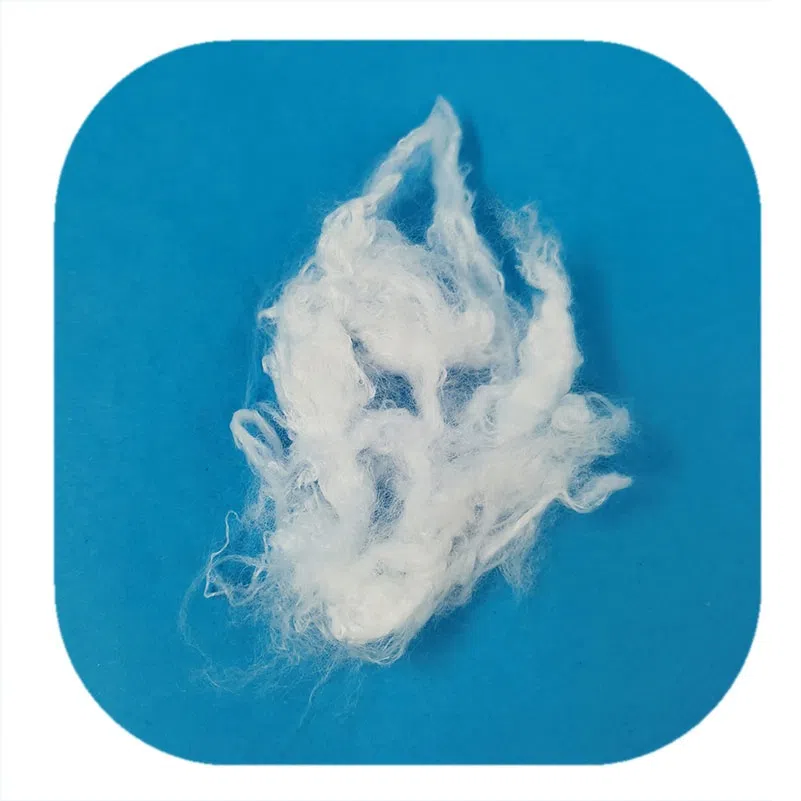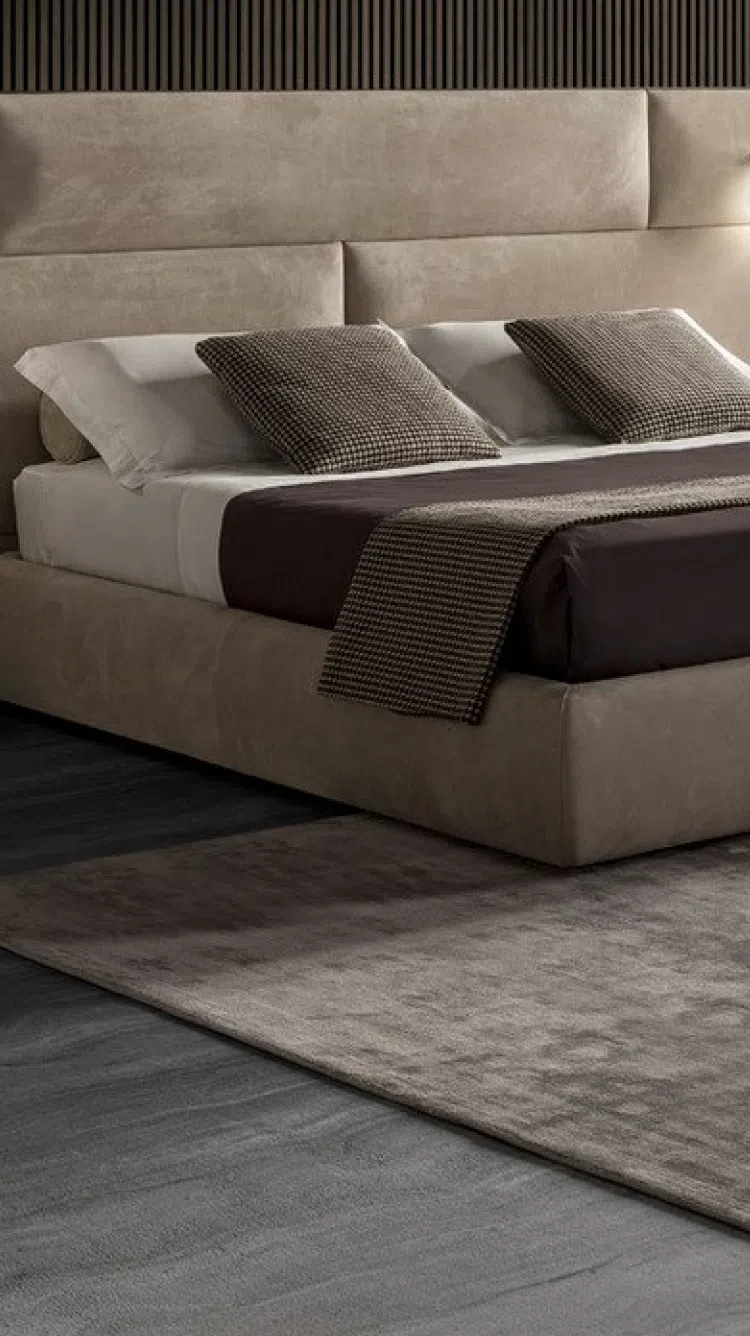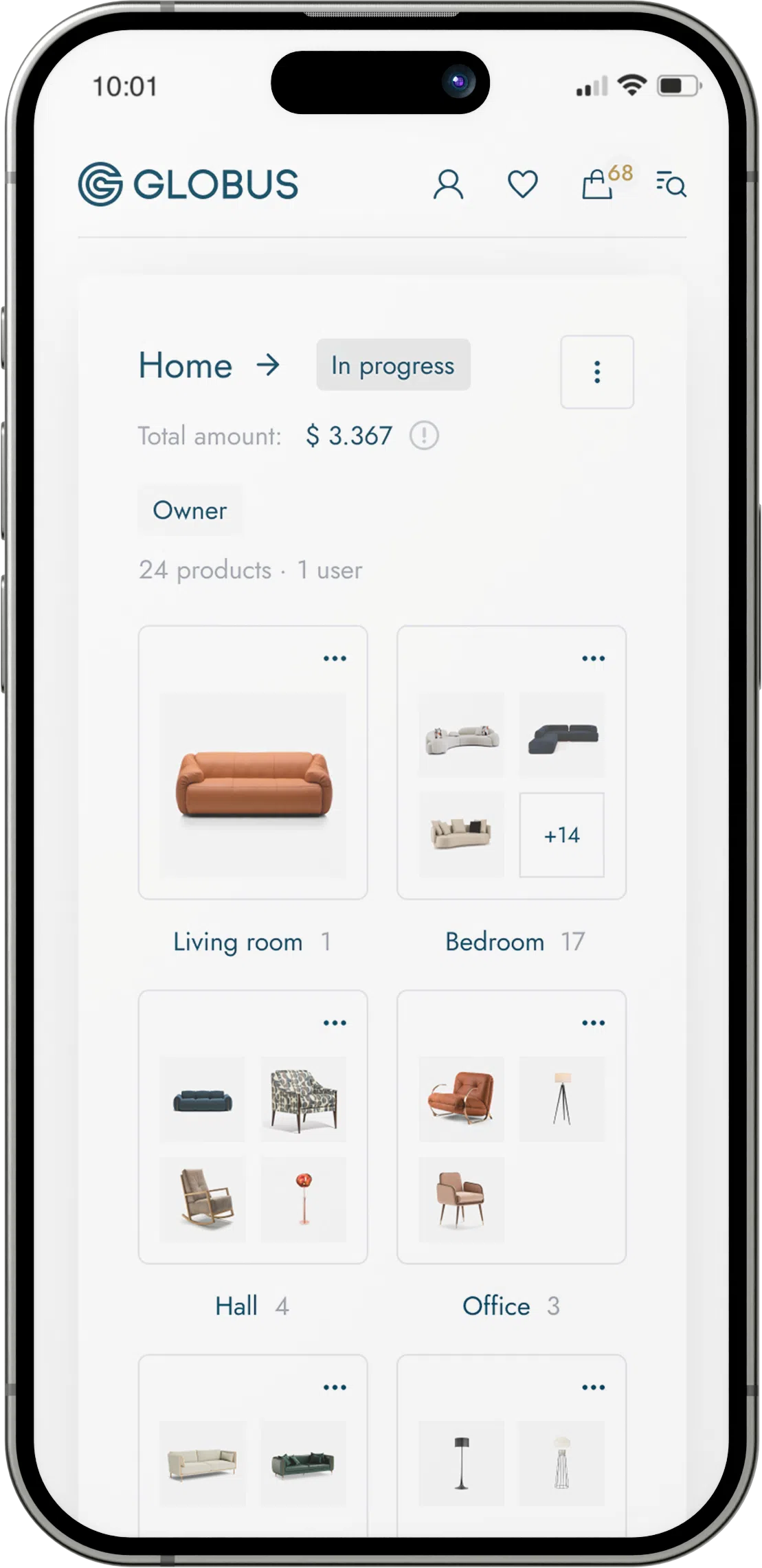
Bamboo fiber material, as it pertains to furniture, refers to a relatively new class of material derived from the bamboo plant. Bamboo fibers are extracted through a process that breaks down the bamboo into its cellulose components, which can then be spun into yarn and woven into fabric or manipulated in other ways for various uses, including in furniture construction.
Bamboo as a source material for furniture has various attributes that make it an appealing alternative to traditional wood or synthetic materials:
Sustainability: Bamboo is a fast-growing grass, making it a highly renewable resource. Some bamboo species can grow up to a meter per day, and when harvested, the root system is left intact, allowing for quick regeneration. This rapid growth cycle means that bamboo can be harvested more sustainably than hardwoods, which take many years to mature.
Strength and Durability: Bamboo fibers are naturally strong and durable, much like the bamboo plant itself. In many cases, bamboo fiber materials can have a higher strength-to-weight ratio than some woods, making it an excellent choice for sturdy furniture. It is also resistant to swelling and shrinkage, improving its longevity and performance in different environmental conditions.
Flexibility: Bamboo fibers can be quite flexible, allowing designers to create shapes and forms that might be challenging with more rigid materials. This attribute can be especially beneficial in modern furniture design that often favors sleek, curved lines.
Eco-friendly: Producing bamboo fibers for use in furniture has less of an environmental impact than some other materials. Bamboo requires no pesticides or fertilizers to grow well, and because it grows so quickly and densely, it can produce more yield per square meter than trees.
Aesthetic Appeal: Bamboo fibers can be woven or processed in a way that creates a material with a visually appealing texture. The end products can have a natural look that fits well with eco-conscious or minimalist design aesthetics and can also be dyed or treated to suit a variety of styles.
Versatility: The versatility of bamboo fiber material means it can be found in both solid forms, such as panels or boards for structural components, and in soft furnishings. Bamboo fabric, for instance, is a common material for cushions, seat covers, and backrests, providing softness and breathability.
In furniture, you'll find bamboo fibers used in various ways:
- Solid bamboo panels: Used to create sturdy surfaces and structural elements.
- Bamboo laminates: Layers of bamboo are glued together to form a composite that can be used for tabletops, shelving, and other flat surfaces.
- Bamboo fabric: Woven bamboo fibers can be used for upholstery and other soft textiles within furniture. These fabrics are known for their softness and can be more absorbent than cotton, making them comfortable for seating.
When caring for bamboo fiber furniture, it's essential to consider the specific treatment the material has undergone. While bamboo is naturally more resistant to moisture than some woods, bamboo furniture should still be protected from prolonged exposure to water and humidity to preserve its integrity. Cleaning with a soft cloth and mild soaps or cleaners made for wood furniture is generally recommended.
Overall, bamboo fiber material is an innovative, sustainable choice for furniture that meets the needs of both eco-conscious consumers and those looking for durable, attractive, and versatile options for their home or office interiors.


